
By Joe Gorman
It’s mango season in Mareeba and Wayne Srhoj is busy on the family farm. During the Christmas-New Year period there is a short window of opportunity to pick the ripening fruit from the trees and pack them up ready to sell to market. Locals in Far North Queensland call this time of year “mango madness.”
Wayne has been living in his hometown since his sudden departure from the A-League in 2012. The former Australian youth international, once described by Socceroos legend John Kosmina as “one of the most elegant and cultured young players I’ve seen,” shares the 500 acre property with his young family, his brother and his parents. “I always enjoyed it here,” Wayne says with a shrug. “Wife, two kids, family around – it’s a good lifestyle.”
The farm is about 50 kilometres west of Cairns, elevated high above the tropical city on the Atherton Tablelands. Getting there requires an hour-long drive around the tight hairpin bends of the Kuranda Range, across the mighty Barron River, past tall gumtrees and giant termite mounds. Before the Welcome to Mareeba sign that promises 300 sunny days a year, take a left on Srhoj Road and head down the dirt track.
At first, it will seem like a road to nowhere. Rattle on for a few minutes, however, and the dry brown path opens up to reveal a spectacular panorama of blue sky and green fields of sugarcane and pumpkin and countless rows of mango and tea trees. Wind turbines cycle along the mountains on the horizon.
Wayne stands on top of a 10-foot tall yellow vat, trampling down fresh-cut tea tree branches to be pressed into oil. He wears a blue sweat-stained King Gee work shirt and heavy duty boots. There are flecks of grey appearing in his shock of thick black hair, but he’s still got the footballer’s physique.
Hidden away in the bush, Wayne receives few visitors from the football world. PFA Player Relations Manager Jon McKain comes up every year. James Johnson visited before he became CEO of Football Australia. Former teammates Jimmy Downey, Michael Beauchamp, Archie Thompson and Jade North have all dropped in.
Even to those who know him well, Wayne is an enigma. “When his name pops up, boys will say, ‘Shrojey! What’s he doing?’” says McKain. “Some of the boys that used to play with him have probably only had one or two conversations with him. He just doesn’t speak to people unless he wants to. I’m privileged to have such a good friendship with him. We speak regularly, despite him not saying much.”
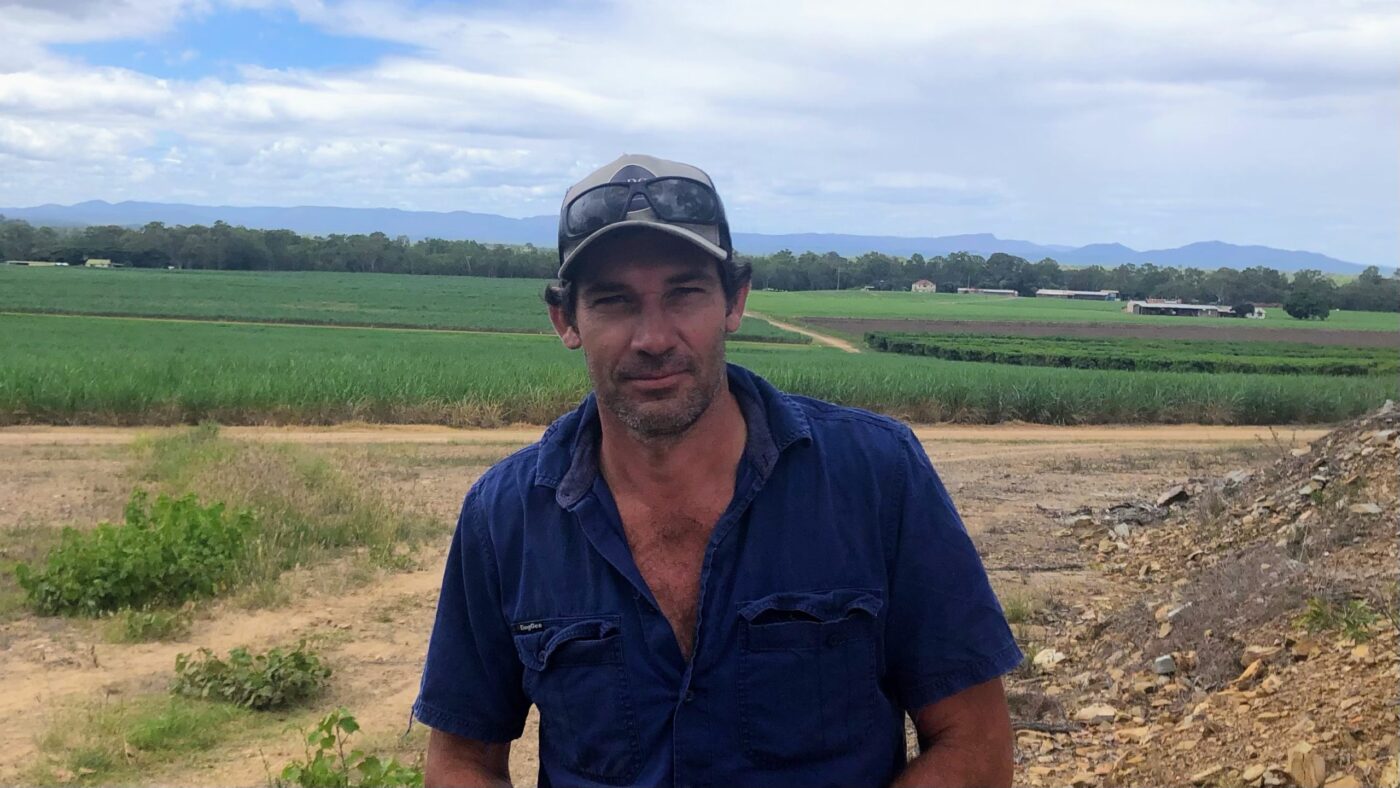
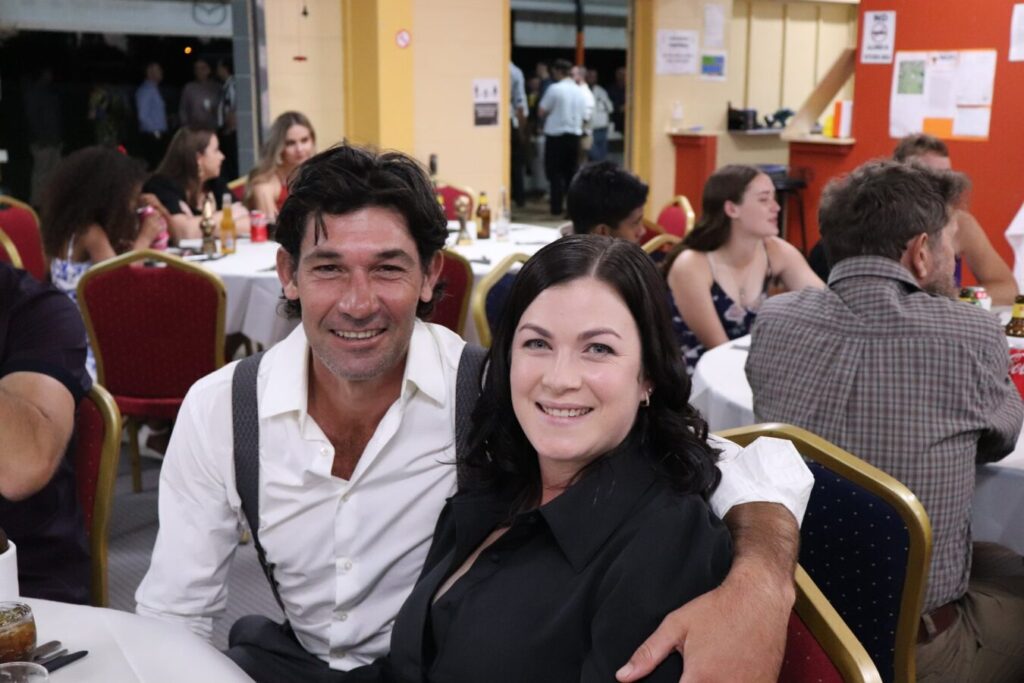
Wayne didn’t talk a lot during his professional career and he has even less reason to chat now that he’s a farmer. But he’s warm and friendly, with a laconic North Queensland charm.
“The questions are always the same,” he says, smiling at the journalist sitting opposite. “It doesn’t matter what interview you do, you know 90 percent of the questions they’re going to ask. I got over the bullshitting and the arse-licking, especially towards the end.”
Similar to Mark Viduka, another elusive Croatian-Australian, Wayne never officially retired from football, never hung around the media or started up his own junior academy or got involved in the game’s administration. Instead, he simply turned up at Mareeba Bulls, paid his registration fee and did his bit to return his family club to glory.
Far North Queensland is one of Australian football’s best kept secrets, with plenty of registered players and strong community clubs with distinct identities. Leichhardt Lions, on the southside of Cairns, was originally Azzurri. Stratford Dolphins was once known as Plavi Jadran (Blue Adriatic). Innisfail Cutters’ home ground, the Steve Corica Oval, is carved out of the cane fields. Mareeba’s Borzi Park is arguably the grandest facility in the region, with three covered grandstands – one named in honour of the Srhoj family – and 76 years of history on the walls of the clubhouse.
“I’ve always paid my rego and paid my way at the gates. At the end of the day, it’s a community club,” says Wayne. Asked if anyone gets paid to play at Mareeba, he shakes his head: “I won’t play otherwise.”
Wayne’s cousin Alex Srhoj was the head coach of Mareeba in 2014 when the club won the FNQ treble. According to Alex, Wayne was the player of the year as the Bulls claimed the premiership, the grand final and the historic end-of-season Crad Evans Shield between the premiers of Cairns and Townsville.
“He was a bit injured towards the end of the season, but he played through it and was a pivotal part of us winning the grand final and the Crad Evans,” Alex recalls. “That was probably the best performance I’ve ever seen from him; he carried the team that night in Townsville. That was the first Crad Evans the club had won in years, and I still remember after the final he didn’t let go of the trophy all night. You could see that it meant something to him.”
Wayne is “the archetypal country soccer player,” says Vince Rugari, a sports reporter for the Sydney Morning Herald who previously worked for the Cairns Post. “There was this whole mystique around him; people would talk about his playmaking abilities and the player he could’ve been but never became, for whatever reason.”
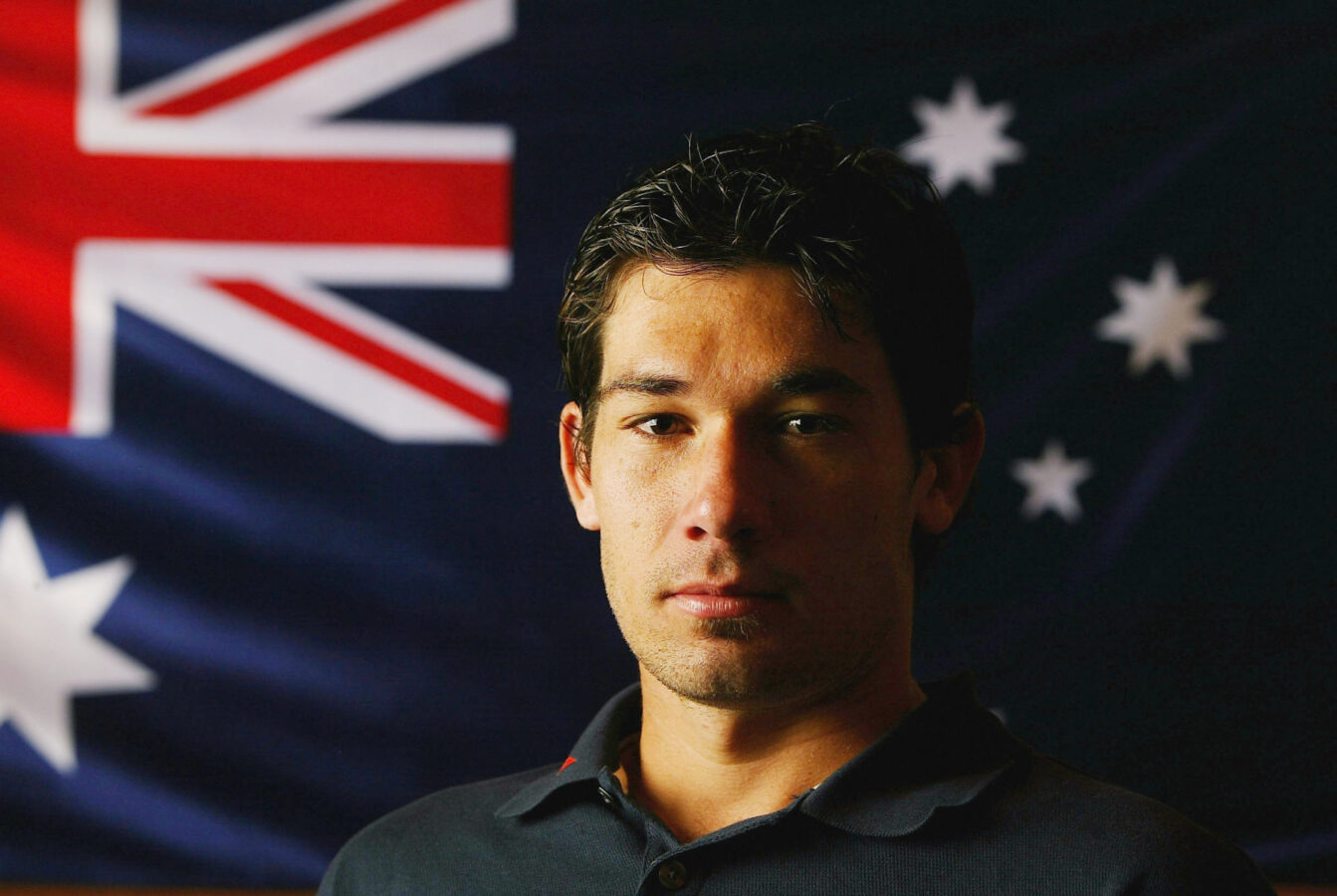
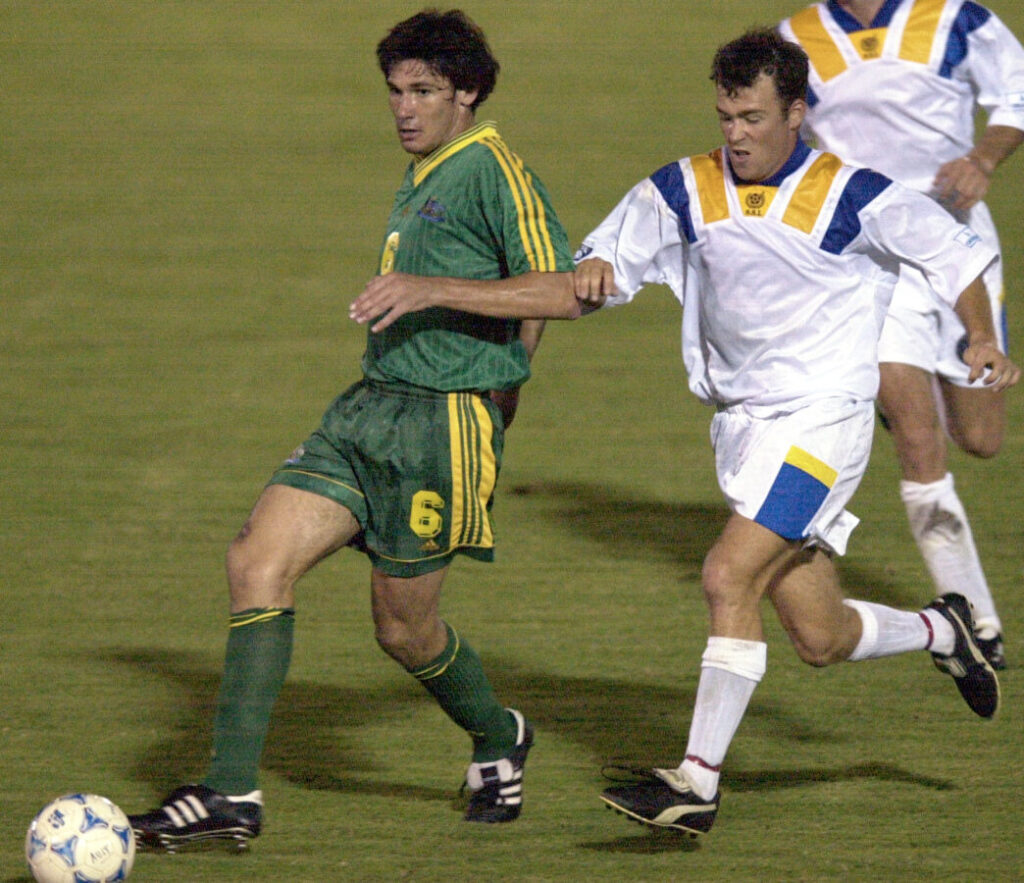
Wayne made his senior debut for the Brisbane Strikers in 1998 and played his last game for Melbourne Heart in 2012. During 15 seasons as a professional footballer, he was part of two championship-winning sides in the National Soccer League with Sydney Olympic and Perth Glory. In Europe, he played in two consecutive Romanian Cup finals – first with Naţional Bucharest, then with Politehnica Timișoara.
Yet Wayne is probably best remembered for his exploits as a youth footballer. Jade North, also born in 1982, played alongside Wayne at the Queensland Academy of Sport, lived with him at the Australian Institute of Sport in Canberra and went away with him for Youth World Cups with the Joeys and the Young Socceroos. Their first encounter was at a junior state carnival in Queensland.
“There was this guy with a curly sort of mullet-looking haircut who played in the midfield for Far North Queensland, and he was the star of the U-12s,” says North. “He was an absolute talent. I just remember him and James Johnson were the two standouts. All of us Brissie boys played for similar clubs, so we knew who everyone was in the metro areas. But we were like, who are these two country boys?
“For me, Wayne was definitely the standout; one of the best players I’d seen at that age level. In the U-13s and U-14s we played in state teams together, and he was just head and shoulders above the rest of the country.”
Jade and Wayne were the only two QAS graduates in the Joeys squad that made the final of the 1999 U-17 World Cup in New Zealand. At the FIFA function after the final, Wayne was singled out by German maestro Franz Beckenbauer for praise. Soon after, Wayne and Jade trialled for Italian clubs Genoa and Hellas Verona, before Wayne headed to Belgian club Anderlecht on his own. But the expected move abroad never materialised.
“It’s hard on a young kid, having 20 different agents ringing you saying, I’ll get you to this club, I’ll get you here or there,” Wayne explains. “I had opportunities in Germany and a few other places but in the end, I just didn’t go.”
When he returned home to Australia, his coach at Brisbane Strikers, John Kosmina, had to coax him off the farm in Mareeba.
“We’d been training for a couple of months and I’d been ringing Srhojey saying, ‘c’mon, are you going to come down or stay on the farm?’,” recalls Kosmina. “We went up to Cairns for a pre-season game against Marconi and I told him to come and have a kick around with his mates. He came out and played and ran the game. He was blowing out of his arse, because he wasn’t fit, but he just cruised around and ran the show.”
A year later, aged 19, Wayne captained the Young Socceroos at the 2001 U-20 World Cup in Argentina, controlling the midfield as Australia progressed to the Round of 16. But by 2003, he was 21 and still playing in the NSL for Sydney Olympic.
At the time, Sydney Morning Herald reporter Michael Cockerill wrote that Wayne was “a victim of timing” as the former governing body, Soccer Australia, cut funds to Australian youth teams in the leadup to the 2004 Athens Olympics. “The vexed question for Srhoj and his peers,” wondered Cockerill, “is whether the lost years of international football will leave a permanent scar.”
Nearly two decades later, Wayne looks back on an “in-between” generation of players who suffered during three years of turmoil in the early 2000s. In 2002, Soccer Australia went broke and was soon replaced by a new administration led by Frank Lowy. In 2004, the NSL collapsed, leaving domestic players without a national league for 17 months before the start of the A-League.
Wayne, who narrowly missed out on selection to the 2004 Olympics, found work in Romania alongside fellow Aussies Jon McKain, Michael Thwaite and Ryan Griffiths. McKain, who helped broker the transfers, says the supporters took an immediate liking to Wayne.
“I always called him Srhojey, but I remember after the first few weeks of the season a fan came to a game with a massive banner of him on a horse that said JOHN WAYNE SRHOJ,” says McKain. “I didn’t know what John was his middle name, but from there it just stuck. People just started calling him John Wayne. It’s funny how they associated him with being this cowboy from Australia.”
McKain has been a constant in Wayne’s life, from the early days at the Brisbane Strikers to World Youth Cups and life in Romania. In 2005, when McKain left Naţional Bucharest to join Politehnica Timișoara, Wayne wasn’t far behind. For a time, they shared an apartment in Timișoara, before McKain’s wife fell pregnant and they returned home. McKain joined Wellington Phoenix in February 2008; Wayne signed on for Perth Glory six months later.
“He’s a true mate – if I ever need anything, he’d do it at the drop of a hat,” says McKain, who is godfather to Wayne’s eldest daughter. “We were at the QAS from such a young age, but even when we were playing he always talked about going home. Some players end up settling wherever they finish their career. With Shrojey, it was a bit of a shock for a lot of people, because he just picked up and left.”
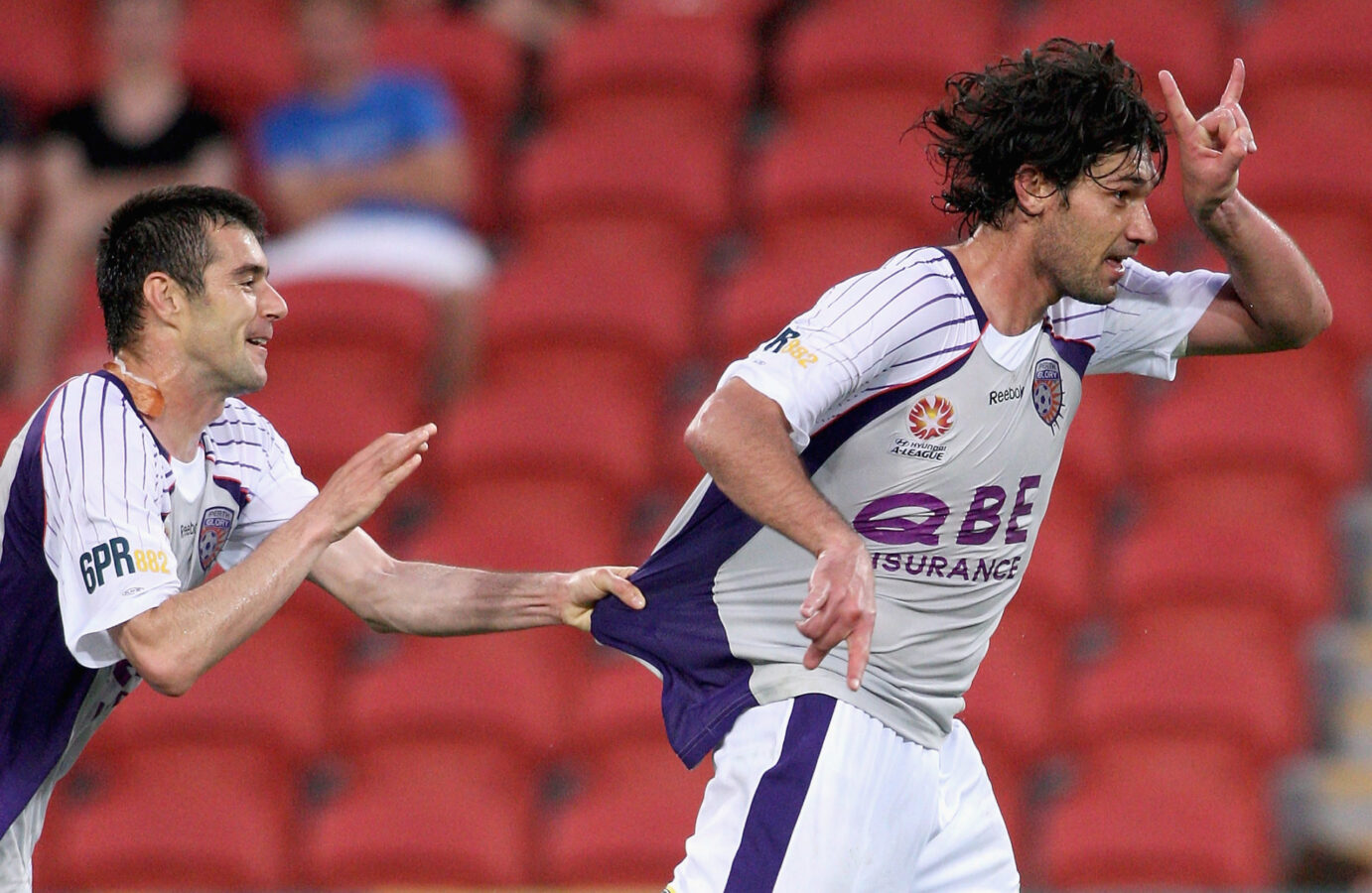
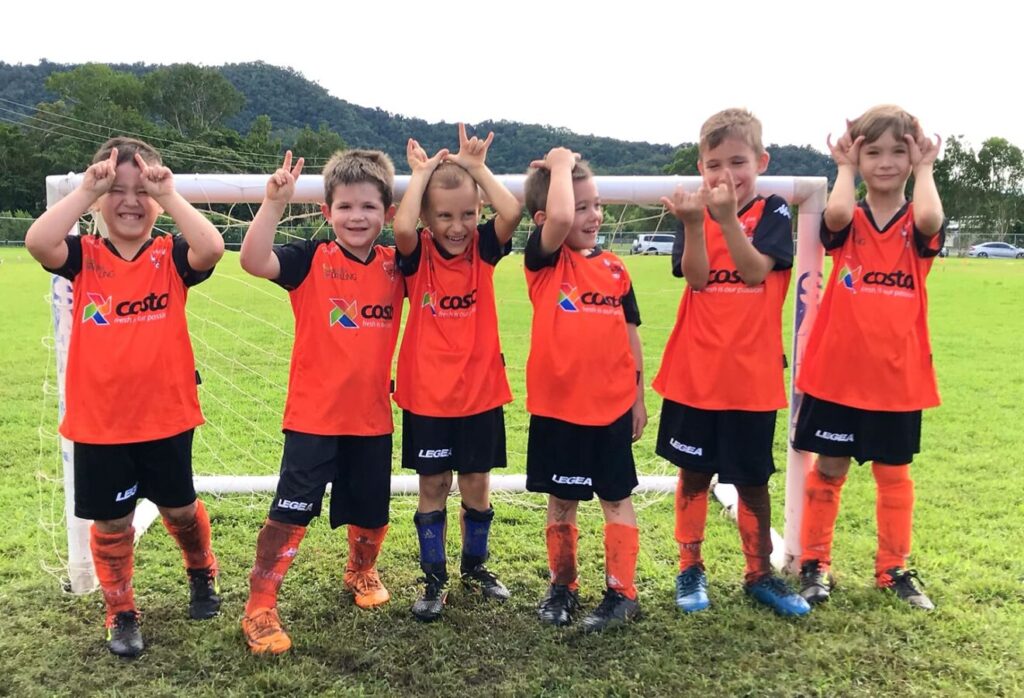
There is a saying in the Far North that once you join Mareeba, you never leave, but Wayne is adamant that aspiring players must head south if they want to make it as a professional footballer. That was the path he took, along with fellow FNQ legends Frank Farina, Steve Corica, Tammie Thornton, Michael Thwaite, Kim Carroll and Mary Fowler.
When Wayne left Mareeba in the 1990s it was still a tobacco town. The demand for Australian tobacco soon dried up, though, and the entire region has spent the past two decades shifting to other crops. Nowadays, tourists flock to the region to sip locally-grown coffee, drink mango wine, or eat ice cream at the Emerald Creek dairy.
“It cost a lot of money for people to change, because everything was set up and all the machinery was for tobacco,” says Wayne, waving vaguely at the enormous shed in the distance. “All the barns where they cured the tobacco, that’s all used for storage now. There’s just junk in there.”
The history of the town is still visible in the Mareeba Heritage Museum on Byrnes Street. Further down the road, the tops of the buildings now occupied by the local newspaper and the bank have TOBACCO LEAF MARKETING BOARD and NORTH QUEENSLAND TOBACCO GROWERS CO-OPERATIVE ASSOCIATION printed in old lettering.
A couple of streets away, wedged between the tennis courts and the turf club, is Borzi Park, Wayne’s home ground for the past eight years. Now 39, he could have played for at least a couple more seasons in the A-League. In fact, when the Western Sydney Wanderers entered the competition in 2012, coach Tony Popovic came calling to see if he was interested in joining the new club.
“I have a lot of respect for Popa, but I was at that stage where I was over it. Melbourne Heart had left a bit of a sour taste in my mouth,” says Wayne. “I would have been happy to stay there. [John] van ’t Schip was the coach but he was leaving. I sat down in the room with them and they said they don’t know who the coach is going to be and we’re not sure where we’re going to go next year.
“That was it, end of conversation. And then it would have been a couple of weeks later, we had to go to like a function or some sponsors’ end of year party. There were these on-screen projectors with who’s in the squad for next year, who’s retiring, who’s off contract. My name wasn’t there. So I got up and walked out and that was that; I never heard from anyone at that club ever again.”
It hurt for a while – Wayne says he didn’t watch or talk about the A-League at all for two years – but he never stopped loving the game itself.
Alex Srhoj, who now works as a regional manager for Football Queensland, believes his famous cousin’s legacy in Mareeba began well before he returned home to play for the Bulls. More than a decade ago, during Wayne’s second season back in Australia, he scored a goal for Perth Glory against Brisbane Roar at Suncorp Stadium. As he wheeled away he lifted his left hand to his forehead, index finger and pinky sticking out to resemble bull horns.
“I don’t know if he realises, but that little symbol grew and grew,” says Alex. “Kids back home – everyone – there’s photos of players winning grand finals or making rep teams and they make the bull symbol on their forehead, just like Wayne.”
Perhaps it is a shame that someone of Wayne’s pedigree and experience isn’t more involved in the game’s direction. Football in Australia has always been a metropolitan sport, and there are very few top-class regional footballers who remain embedded in their communities. Wayne, one of the greatest players never to play for the Socceroos, could be a powerful voice for the true forgotten people of Australian football.
For now, though, Wayne seems content to mind his own business in Mareeba. There are mangoes to pick and tea trees and sugarcane to cut and countless other jobs to keep him busy on the farm. He’s also got responsibilities to his wife and two young daughters. Guarded as ever, he won’t say whether he’ll play for Mareeba next season.
“You’re not number one anymore, you’re down the bottom,” he says happily, looking over at his young family. “Everyone else comes first, and you’re last. That’s the way you have to be, I think. But I still enjoy the game. I always will, ay.”
📰 Past Players Reflect on Transformational Two Decades
📰 Beattie Goad, professional soccer player and aspiring doctor
📰 “Enjoying the moment”: James Holland on his return to the Socceroos
📰 Reactivating the Sydney derby







